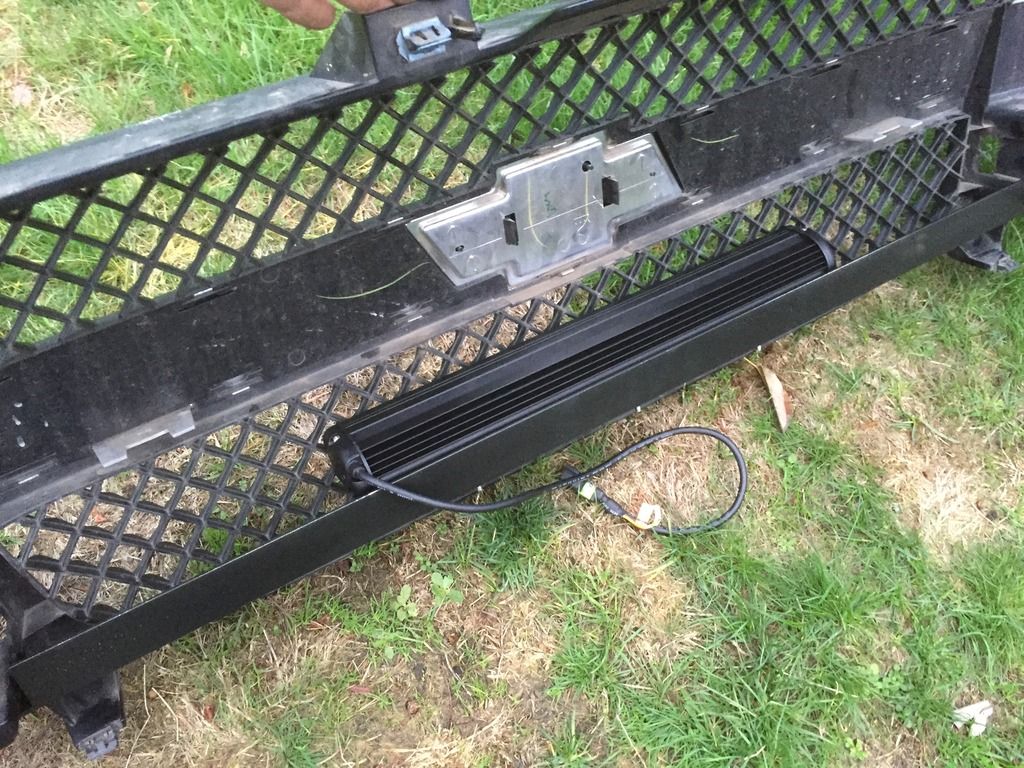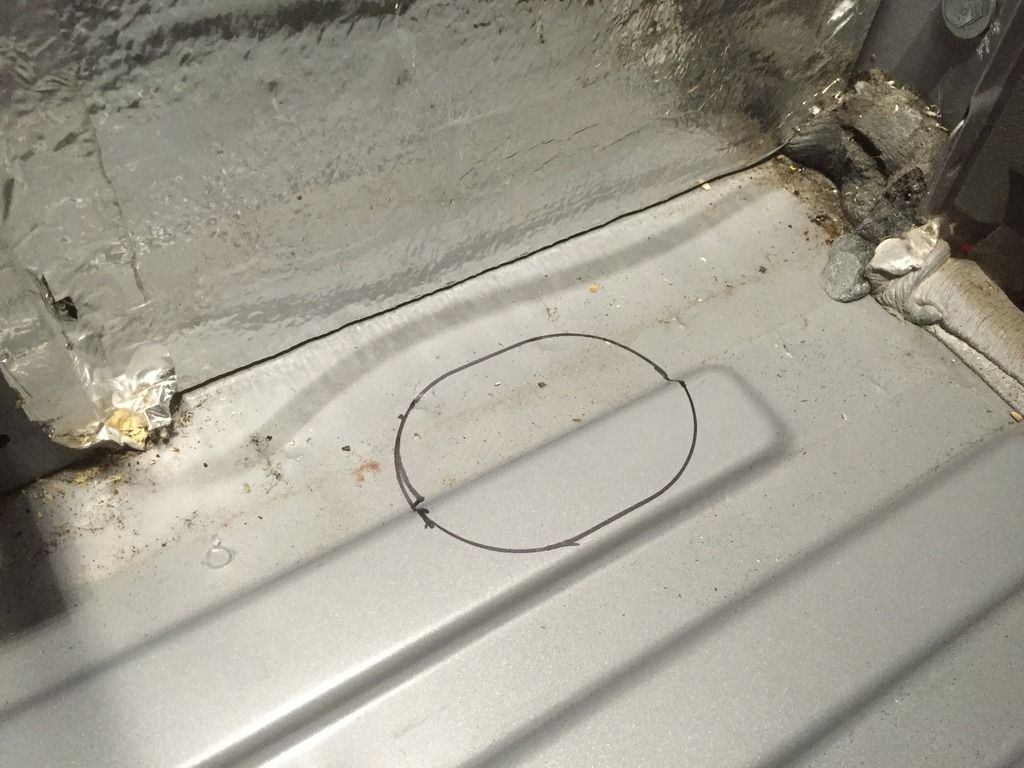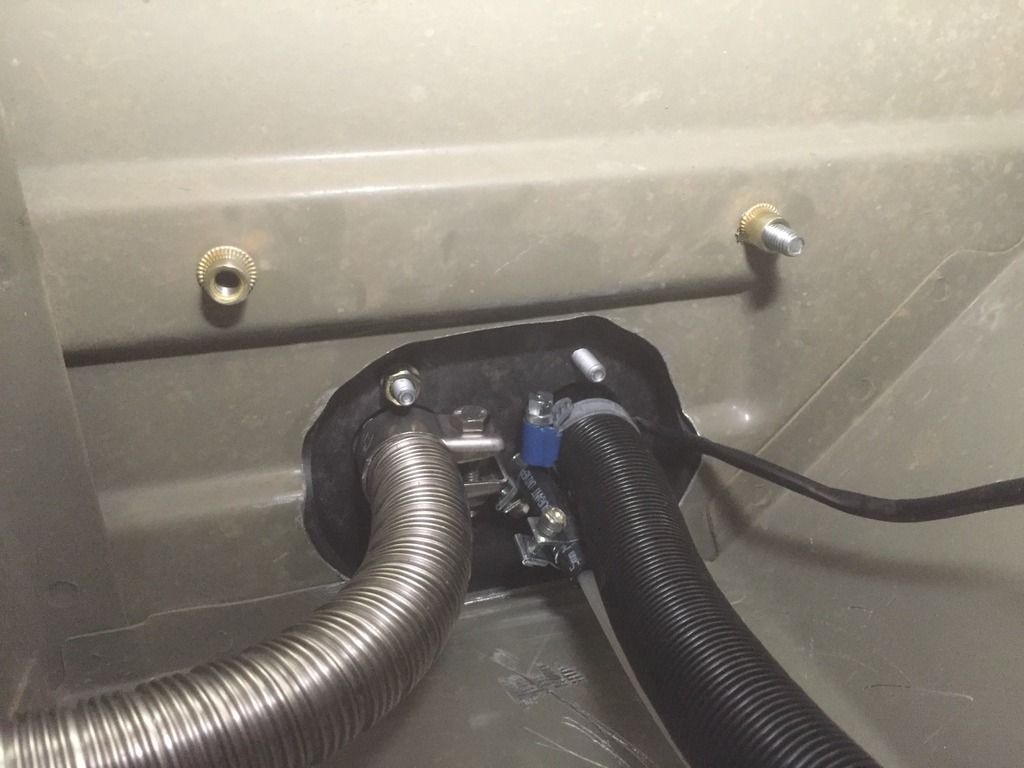We spent two days and one night at the rv lot at White Pass, which is around 4600', with the webasto running great. On the second night it stopped working. We decided to drive home and fix it the next day then go back up. Of course, when we got home it fired right up and ran perfectly for several hours. I used this procedure to program it for operation at high altitude.
Changing the Webasto heater for high elevations (5,000ft and MORE) using the Stock Dial Thermostat
*********************************************************************
Post from the Sprinter Forum:
Quote:
OK Folks, just got off of the phone with Webasto tech support. The Air Top 2000 ST can be manually adjusted for high altitude by the end user. It involves reducing the fuel supply as well, but does not need any other parts. It will keep your combustion chamber from coking up at low oxygen/high altitude levels and will also make for easier starting at high altitudes.
According to Webasto tech support here is the procedure:
the main wiring harness that comes out of the heater case itself has a diagnostic pigtail of 2 wires, one brown and one green. This diagnostic pigtail is what the techs use for programming the system.
1: Connect the brown wire to ground.
2: Turn the heater control knob to 12:00 (or even 1:00 if you are at very high altitude 10,000ft plus)
3: After a few moments, the LED on the heater control knob will begin to flash.
4: Turn the heater control knob to 9:00 (or even 8:00 if you are at very high altitude 10,000ft plus)
5: Keep the heater running with the control knob set to 9:00 for 3 minutes.
6: While the heater is running, remove the brown wire from ground.
Now the fuel pump should be set to deliver less fuel, thereby creating a better combustion mixture for high altitude and less oxygen.
The tech said you can change it back when at sea level, but also said it was unnecessary, as the reduced fuel will not cause damage at sea level, just a lower heat output by 100-200 BTU/ hour at the maximum setting. He said that running it lean at sea level will also help to keep the combustion chamber clean. The Webasto Air Top 2000 ST has a max BTU/h of 7000 so you are only losing at most 3%, and you are also reducing your fuel use, albeit marginally. Also, the system has Stepless temperature control, so you can feel free to turn it up 3% to regain your "lost" output all the way up to 97% output.
I too spoke to a Webasto tech yesterday and he confirmed the process mentioned above that was dated back to 2010 but one thing he mentioned was if at very high altitudes he'd recommend starting at 1:00 for Step 2 and ending at 8:00 for Step 4 & 5.
I asked the tech is there any tell tale sign the change worked and he said that a stock Webasto heater fuel pump will pulsate once every 1.1 seconds. After the hard set adjustment for a higher altitude the fuel pump pulsations will get further apart... 1.3 seconds or more. So I think its best to check the fuel pump pulsations before the hard set. then make the hard set. then check fuel pump pulsations again. Just to verify the settings took.
*********************************************************************
Changing the Webasto heater back for normal elevations (5,000ft and LESS) using the Stock Dial Thermostat
*********************************************************************
According to Webasto tech support here is the procedure:
the main wiring harness that comes out of the heater case itself has a diagnostic pigtail of 2 wires, one brown and one green. This diagnostic pigtail is what the techs use for programming the system.
1: Connect the brown wire to ground.
2: Turn the heater control knob to 9:00
3: After a few moments, the LED on the heater control knob will begin to flash.
4: Turn the heater control knob to 12:00
5: Keep the heater running with the control knob set to 12:00 for 3 minutes.
6: While the heater is running, remove the brown wire from ground.
Now the fuel pump should be set to deliver the stock amount of fuel, thereby creating a better combustion mixture for low altitudes and more oxygen.
























































